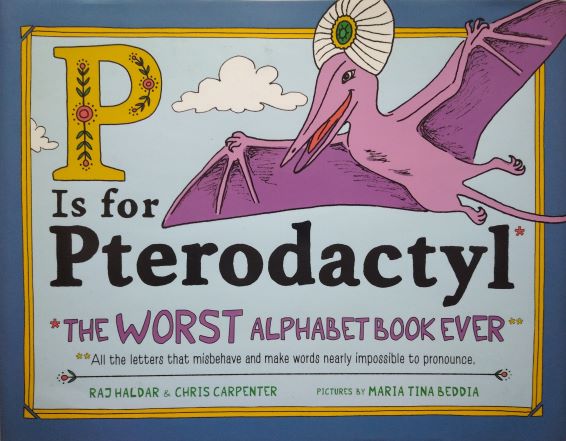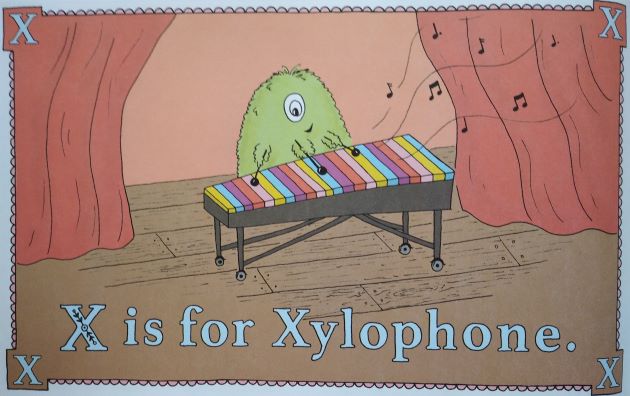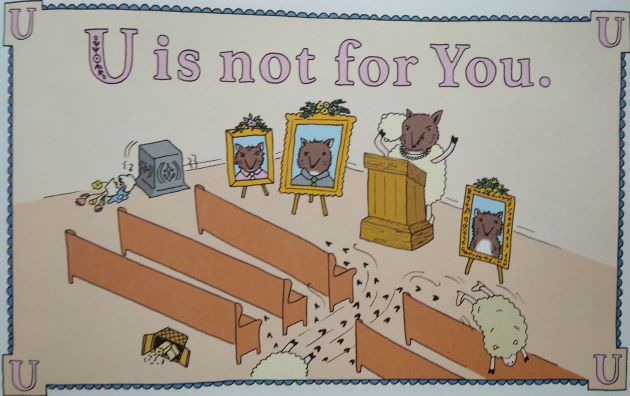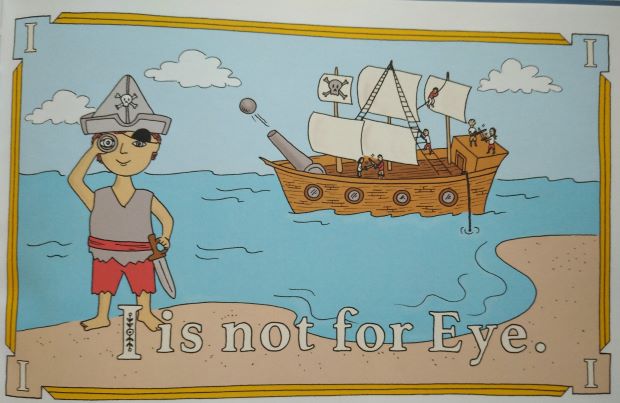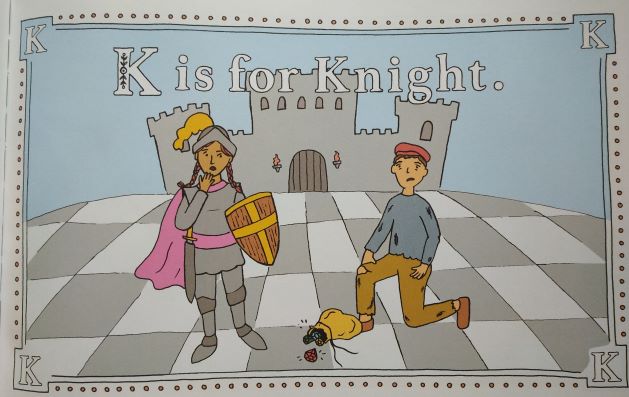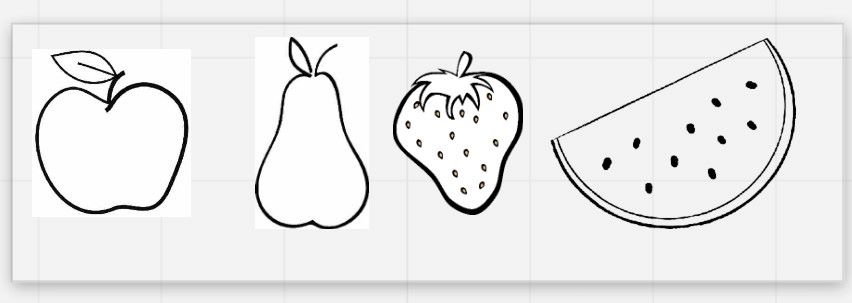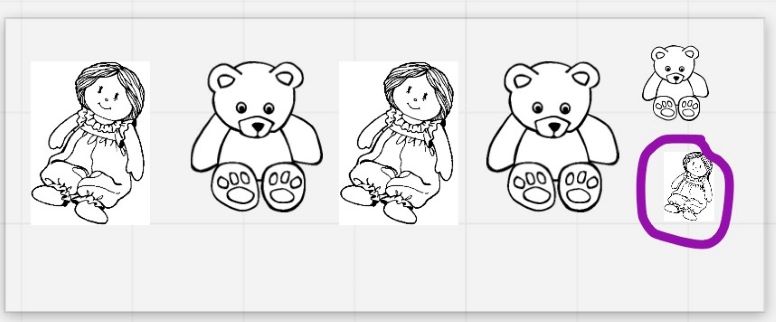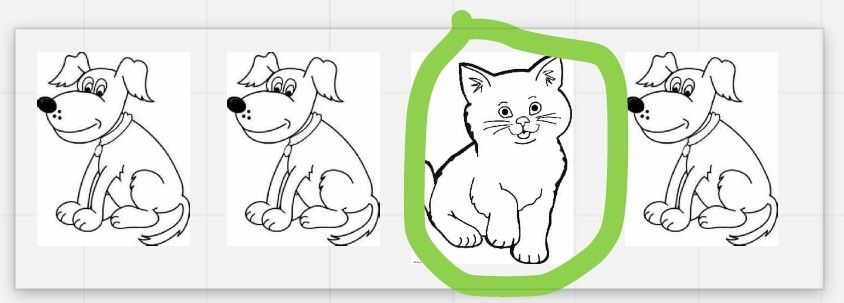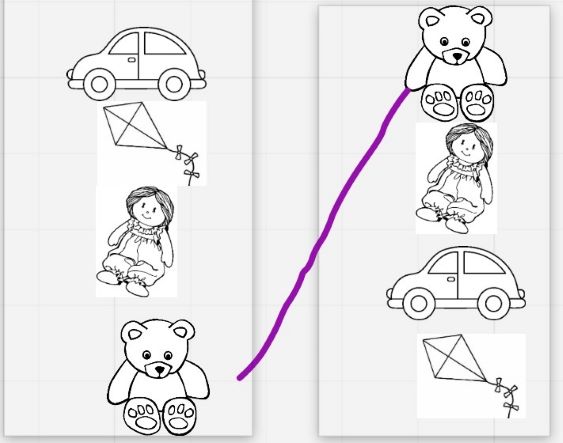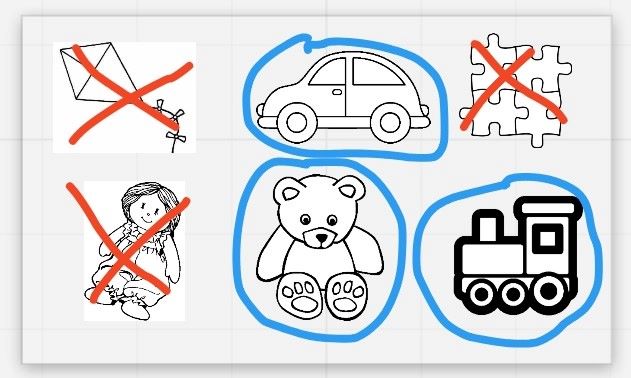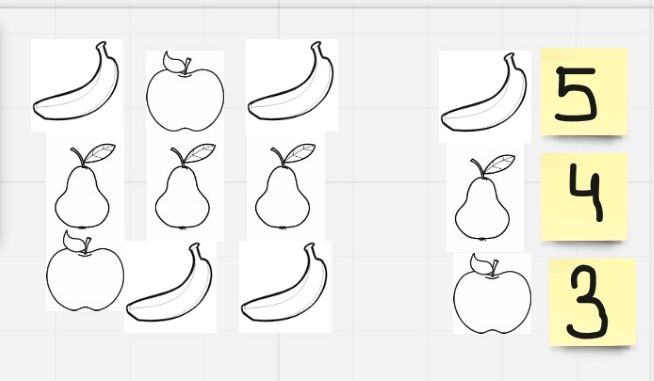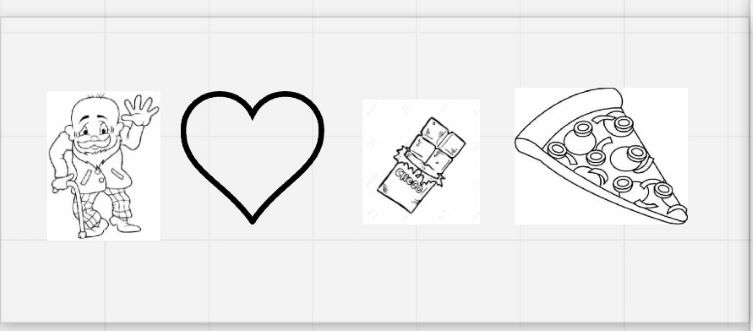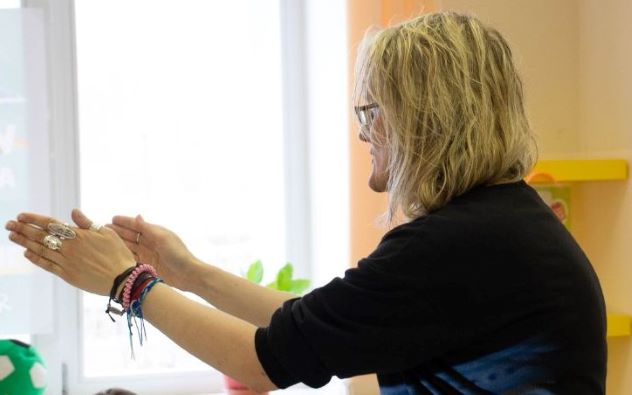
It’s been six months now (and four courses) since we introduced the individual consultations to our YL and VYL course and a lot of good has come out of it already for the course, for the trainees and my blog. This post today will be dedicated to one of the course participants, Valentina, who came to the meeting with one question only, namely: ‘I am bored with teaching vocabulary through flashcards and drilling’. This was when I realised that we never really talked about the variety in that area. Hence this post.

Back to the basics…
…or our gurus. For anyone who is not familiar, I would recommend getting hold of Carol Read’s chapter on teaching vocabulary and grammar and all the basic concepts as well as her post in the series of the ABC of Teaching Children in which she highligts the need for the crystal clear meaning, the context as well as opportunites for memorising and for practice.
Carol also offers a lot of ideas for the classroom (as promised) and if you are looking for more, please have a look at the bilbliography where I have left some more interesting links, for inspiration and from two different areas, the teachers of EFL/ESL and just children learning new words. Many of them are quite recent publications so have a look! There is lots and lots to read.
For that reason, also, this post here will focus not on practice activities but on ways of introducing vocabulary to primary and pre-school students, more than just flashcards.

Electronic flashcards
‘Electronic flashcards’ is an umbrella term for a great variety of resources that can be used in the YL classroom. I will try to include here at least the few basic ones
- Wordwall (wordwall.net), with all its growing number of templates and options. You need to join the community but the membership is free and it gives you access to everything that any member ever created and made public. You can, for example, get access to the whole library that I have created (Azapart). The ability to create resources is only available to the members with subscription but it is cheap and definitely worth it. My favourite resources here to introduce vocabulary include stencil flashcards, cropped images, simple word cards and flashcards or flashcards with the audio.
- Simple video flashcards of which there are plenty available on youtube, such as offered by Maple Leaf Learning. There are also such products as EFL Kids Videos that present not only vocabulary but also vocabulary + structures.
- Videos that not only present the new vocabulary but that also offer an option of a game, for example places in the city from Smile and Learn where you get a presentation and a guessing game, ‘What is it?’ games from Fun Kids English or drawing – guessing games from Games4ESL.

Sounds
This might be a more obvious resource when it comes to some topics, such as animals, pets, farm or jungle but it is definitely a lot more potential here. Sounds can be also used to introduce the vocabulary of transportation, places in the city, instruments, Present Continuous or everyday activities and objects, a day in sounds or even weather.
It needs to be mentioned that these materials were not created as educational materials with a specific aim to match the content of one coursebook or another and they are not used to replace the official published materials. They only help to introduce the topic and the idea in an interesting way, with at least some of the items that we are required to cover according to the curriculum.

Gestures
I am a huge fun of using gestures in the classroom. The gesture is king after all! For a good few years now, whenever we introduce new vocabulary we add gestures to it, to help clarify the meaning but also to give the children one more channel that might help them remember and recall the meaning of these new words. This kind of miming can be upgraded to include a lot more speaking (see: a post here) and the children can be involved and invited to come up with their own gestures for certain phrases and express themselves in that way, too! It is not only for the youngest of the youngest. Once we introduced, even my 8 – 10 A2 year-olds loved working with this form of expression.

Realia
Like in the case of sounds, realia would be something that naturally springs to mind when we talk about teaching school objects, food or classroom vocabulary and, perhaps, if you have any access to any friendly children who are willing to share their collection, perhaps also to teach toys, transport or even animals. The other topics seem to be impossible. Or do they?
I think my realia creativity had a chance to skyrocket during the pandemic while we were all stuck at home and with a very limited access to all those beautiful things that we would normally use. A blessing in disguise?
My solution is relatively un-revolutionary and is based on using symbols, items that we agree stand for our chosen concepts. Here are some examples:
- rooms in the house: a spoon = the kitchen, a pair of socks = the bedroom, a remote = the living room, a key = the hall, a toothbrush = the bathroom
- weather: gloves = it is snowing, sunglasses = it is sunny, a cap = it is warm, a kite = it is windy, an umbrella = it is raining, a scarf = it is cold
- school subjects: a tshirt = PE, a mouse = IT, paints = Art, counting sticks = Maths, dictionary = English, a book = Russian, a magnet (from abroad) = Geography, a paper crown or a photo of a king = History etc
- party aka characters: a star = a sheriff, a crown = a prince / a princess, a red nose = a clown, a witch’s hat = a witch, a flower = a gardener, a plastic stetoscope = a doctor etc
- seasons: just lots of things, clothes and accessories which we use in winter, spring, autumn and summer
- family: accessories that different memebers of the family might have, a car = a brother, a doll – a sister, a newspaper = daddy, wool = grandma etc.
- body: accessories and objects which we use with different body parts: glasses: a nose and ears and eyes, socks = feet and toes, a spoon = a hand and fingers. The confusion might be even beneficial here because we will be repeating the words a number of times.
- free time and verbs: different objects and accessories that we use, for example: a pen = to write, a ball = to play, a spoon = to eat etc.

Song
In a majority (almost certain here) of our coursebooks songs are introduced as a means of practising and revising vocabulary and grammar but this does not have to always be the case, not when we are in charge.
Since I discovered the existance of the amazing Pete the Cat who is rocking in his school shoes, I have not taught the places in the school (and Present Continuous) in a different way. The song is beautiful, fun and very catchy and the video illustrates the idea of both the vocabulary and the tense in such an obvious way that I am not even looking for any alternatives. We start with the song, we enjoy the music, the video and Pete and only later, we move on to flashcards, drilling and all the other practice activities.
Here are some more examples of songs that can be used in the same way
- rooms of the house: Please be quiet, I am trying to sleep
- animals: As quiet as a mouse
- food: Do you like broccoli ice-cream
- adjectives: Open Shut them
- verbs: I like you
E pronto? E pronto!

Story
Whatever we do with songs, it can be done with a story. A video, a storybook or storycards can be the starting point in a vocabulary lesson. Here are my favourite storybooks to teach vocabulary:
- ‘Elmer’ by David McKee to teach jungle animals
- ‘Marvin Gets Angry’ by Joseph Theobald to teach emotions
- ‘Cat’s Colours’ by Airlie Anderson to each colours
- ‘A Very Hungry Caterpillar’ by Eric Carle to teach food
- ‘Zob’ by Julia Donaldson to teach helth problems
To name just a few. Introducing them will give you a ready made context and it will be a pleasure for the kids to get back to the story over a series of lessons and to be more and more involved in reading and retelling the story. That is a brand new level of the sense of achievement and of the meaningful lessons.

Posters
Admittedly, in the past, a few years ago or in the previous editions of the coursebooks, posters were a more frequent quest. They are not as common today although different schools produce their own posters and so do publishing houses, although not necessarily in connection with a particular title. For that reason, I will extend the definition of poster to ‘any large size visual with a variety of elements’ in order to be able to include any silly pictures, clip art creations to be found on google (really!) or the picture wordlists as these absolute beauties available on the CUP website for Starters, Movers and Flyers exam preparation (but not exclusive to these).
I am a huge fan of using visuals in the classroom and I am proud to say that I have come up with a plethora of ideas for language practice. You can find them in two posts: All you need is…a picture. They can be displayed on screens or interactive whiteboards or even printed and laminated.
As regards vocabulary introduction, however, here are some ideas:
- labelling the items in the picture together with the kids
- covering some parts of the pictures with the post-it notes, to elicit from kids (It is a city. What can we see here?) and then to uncover the picture step by step while introducing the equivalents of the words the kids provide, in English
- covering some parts of the picture with the post-it notes, to uncover them step by step while clarifying the meaning of the words and including elements of drilling
- covering some parts of the picture with the post-it notes, to play ‘What’s missing?’ (although this slowly moves towards controlled practice / drilling)
- pointing at two objects in the picture and calling out a name for the kids to recognise. Here, the teacher can use hands (Left! Right!) or, if it is too confusing, two markers of different colours (Blue! Red!), a fun exercise for the auditory practice and word recognition.

Coda
All of the activities mentioned above can be used during the practice stage and they are not to replace flashcards and drilling but to supplement or replace them and to introduce a bit of variety and a breath of fresh air, for the students and for the kids.
The choice will depend on the age and level of the students and, naturally, on the specific set of vocabulary.
Happy teaching!

Bibliography
Carol Read (2007), 500 Activities for the Primary Classroom, Macmillan
Carol Read (2011), ABC of Teaching Children, V is for Vocabulary here.
How to teach vocabulary: 5 fun and easy ideas (2020) from Begin Learning.
17 ways for kids to learn new vocabulary (2020) from Imagination Soup.
Kids and vocabulary (2011?) from British Council, Teaching English.
How to teach vocabulary. Twinkl’s super seven-step guide (2023) from Twinkl.
6 Science-based tips for teaching your kids vocabulary…the fun way (2022) from Maya Smart.
5 fun ideas to make vocabulary jump out of the page for young learners (2021) from CUP.
30 meaningful vocabulary activities for every grade (2023) from We Are Teachers.
